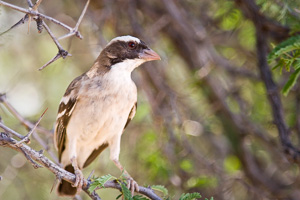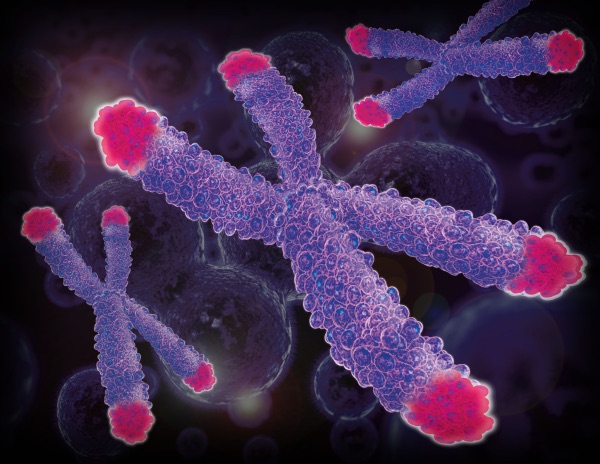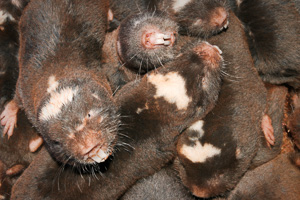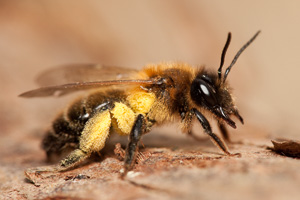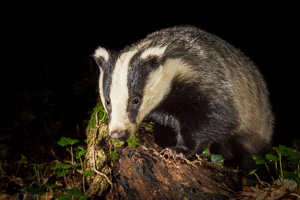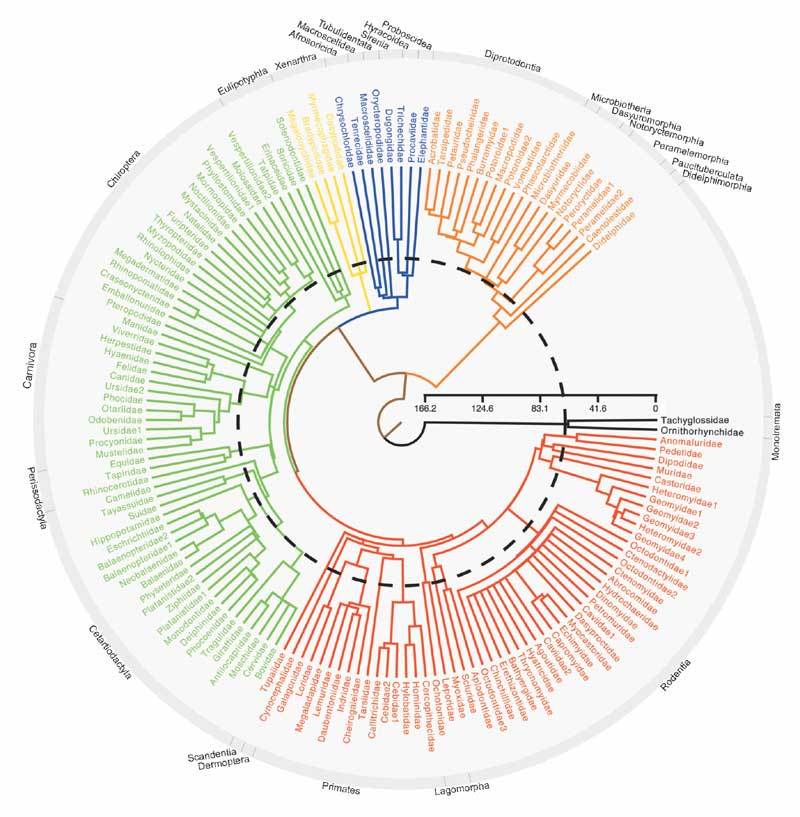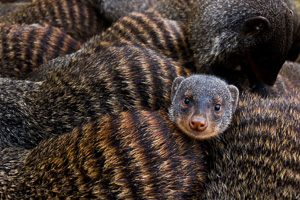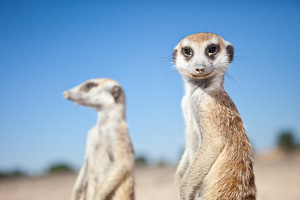Social Evolution
Social Evolution
COOPERATION | DISPERSAL | DEMOGRAPHIC RESILIENCE
Long-term field studies of cooperative birds
and mammals in the global dry-lands
We ask questions about the evolution of social behaviour (both cooperation and conflict), its mechanistic underpinnings (genetic and hormonal mechanisms and impacts on somatic integrity) and its implications for coping with unpredictable environments and anthropogenic change.
We do this through long-term field studies of wild social vertebrates living in the global drylands,
principally cooperatively breeding sparrow-weavers in the Kalahari desert.
Our research on Social Evolution spans two broad themes:
THE EVOLUTION OF COOPERATION & RESILIENCE
The Evolution of Cooperation & Resilience
Selection on Cooperation in Variable Environments
Globally, cooperative breeding is associated with highly variable rainfall regimes, suggesting that cooperation may yield particular benefits in such environments. Our long-term field research on sparrow weavers in the Kalahari desert is investigating whether this is the case and why.
Cooperative Societies as Exemplars of Resilience
Given the prevalence of cooperative breeding in harsh and unpredictable environments, it is likely that cooperative organisms harbour novel adaptations that convey resilience. In our rapidly changing world there is an urgent need to identify these adaptations with a view to predicting and promoting resilience under anthropogenic change.
Other key areas of interest…
- How parental effects shape the benefits of cooperation.
- Whether cooperation can mitigate somatic deterioration.
- How selection acts upon age-structured helping.
- Interactions between cooperation and inbreeding.
Origins of Individual Variation in Cooperation
Genes and the Early-Life Environment
We are investigating how genes and the early life environment interact to shape cooperative tendencies in sparrow-weaver societies, using our long-term social and environmental data, our genetic pedigree and genomic tools.
Trade-offs with other traits
We are investigating the role that trade-offs between cooperation and other fitness-related tactics (such as dispersal and reproduction) may play in yielding individual heterogeneity in cooperation in vertebrate societies and microbial lineages.
We use automated radio-tracking to study local dispersal in cooperative birds, and genomics to investigate its impacts on kin structure and inbreeding.
SOCIAL EFFECTS ON ageing
Effects of reproductive skew on senescence
We are interested in understanding how the extreme reproductive skews seen in highly cooperative animals shape the patterns of senescence.
Effects of cooperation on senescence
We are investigating whether helping behaviour can mitigate somatic deterioration in recipients and stave off ageing, via studies of oxidative stress and telomeres in social animals.
Parental age effects on offspring life-histories
We are interested in the intergenerational effects of ageing (i.e. parental age effects on offspring performance); their patterns, fitness consequences and underlying mechanisms, and the potential for social behaviour to exacerbate or mitigate them.
RECENT HIGHLIGHTS…
Architectural traditions in the structures built by cooperative weaver birds
Tello-Ramos M, Harper L, Tortora-Brayda I, Guillette LM, Capilla-Lasheras P, Harrison XA, Young AJ, Healey SD (2024)
Science
Evolution of sex differences in cooperation can be explained by trade-offs with dispersal
Capilla-Lasheras P, Bircher N, Brown AM, Harrison X, Reed T, York JE, Cram DL, Rutz C, Walker L, Naguib M, Young AJ (2024)
PLOS Biology
Mothers in a cooperatively breeding bird increase their pre-natal investment per offspring when they will have more help with post-natal care
Capilla-Lasheras P, Wilson AJ, Young AJ (2023)
PLOS Biology
Altruistic bet-hedging and the evolution of cooperation in a Kalahari bird
Capilla-Lasheras P, Wood EM, Harrison X, Wilson AJ, Young AJ (2021)
Science Advances + Nice coverage in PNAS here…
Sex differences in dispersal predict sex differences in helping across cooperative birds and mammals
Fenner P, Currie T, Young AJ (BioRxiv)
Prolactin and the regulation of parental care and helping behaviour in cooperatively breeding white-browed sparrow weaver societies
Walker LA, Tschirren L, York JE, Sharp PJ, Meddle SL, Young AJ (BioRxiv)
MAJOR Model Systems:
WHITE-BROWED SPARROW WEAVERS
LIFE-LONG SOCIAL PHENOTYPING | GENETIC PEDIGREE | MOLECULAR TOOLS
This cooperatively breeding bird is our primary model system. We have been continuously monitoring the life-histories of all birds from egg through to senescence in >40 social groups in the Kalahari desert since 2007. We now have >decade of life-history data covering >1700 individuals monitored throughout their lives to date, as well as egg, nestling and cooperative provisioning data from >900 breeding attempts.
Find out more about The Sparrow Weaver Project
EUROPEAN BADGERS
The UK Animal Plant and Health Agency (APHA) have been monitoring the lives of all individuals in 40 social groups of European badgers for the past 40 years, with a particular focus on their role in bovine tuberculosis dynamics. This work has yielded an incredible longitudinal data set of life-history, morphology, molecular and disease status information on >5000 individuals.
We use this phenomenal model to study the evolution and mechanisms of ageing, and their interactions with sociality and disease, in close collaboration with APHA.
COOPERATIVE MICROBES, MAMMALS & INSECTS...
We also use a range of other social organisms as models, including social microbes, Damaraland mole-rats, banded mongooses and social insects.





